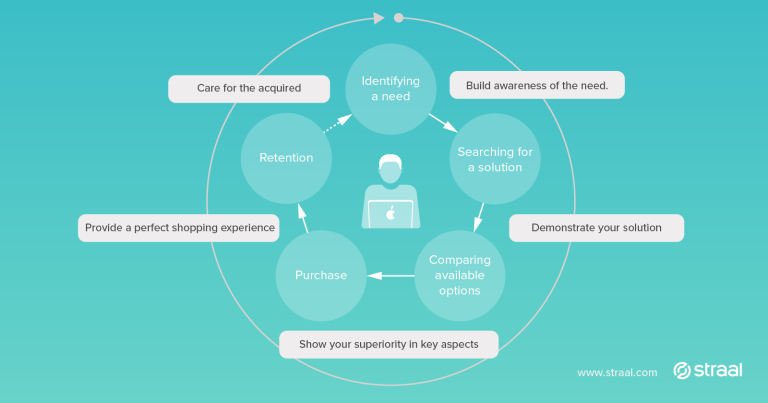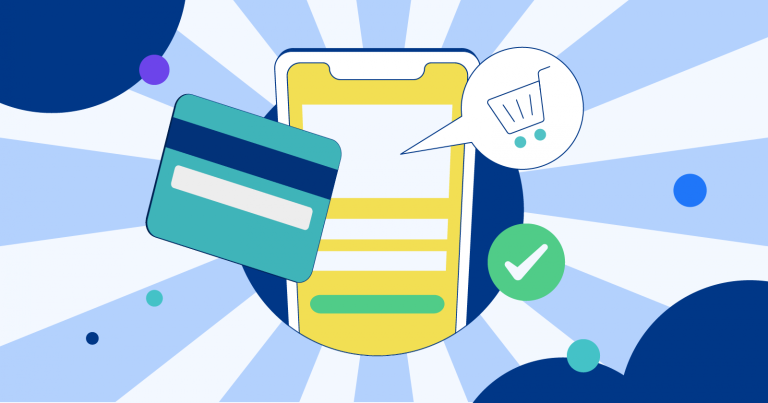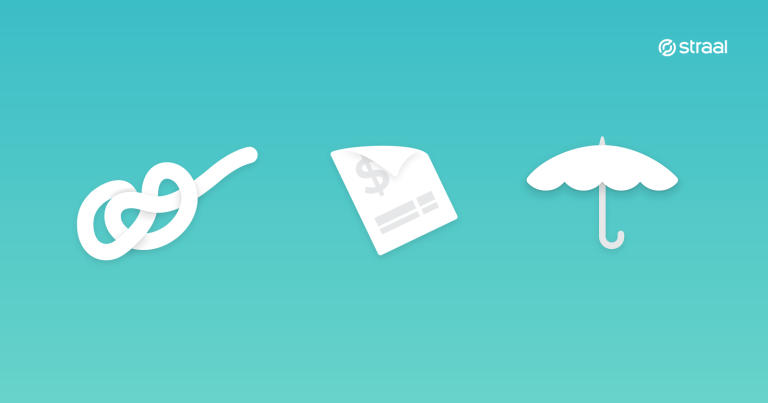Why do you keep using Android despite its common errors? Or not change your bank although its mobile app drives you crazy? The answer is simple: you’ve been locked-in. If you want to retain your customers with the same effectiveness, take a look at our 5 vendor lock-in strategies crafted for online businesses and take advantage of the lock-in effect and switching costs management!

Vendor lock-in is a business strategy having a bad name due to its common use in the cloud software industry. After typing “vendor lock-in” in Google, on the first page, you can see a long list of articles explaining how to avoid being locked-in by the providers of this type of services.
However, in spite of the questionable practices of such companies, online businesses shouldn’t avoid implementing vendor lock-in strategies at all costs. Let’s face it: it’s effective. The lock-in effect combined with high switching costs do retain customers effectively and make them loyal. When used ethically, treating the customer in a fair manner, it’s a great marketing tool producing remarkable results.
If you want to give it a try, go through my short vendor lock-in guide for online merchants. Let’s start with the basics.
Vendor Lock-In Definition
Vendor lock-in (also known as customer and proprietary lock-in or simply lock-in effect) is a mechanism which makes customers dependent on a specific product or service provider. When it appears, they become unable to change the vendor for another without considerable switching costs.
As to the switching costs definition, they appear when switching from one product or service provider to another brings inconvenience or extra costs. These costs are not necessarily financial as they may well be related to one’s time or effort investment. As a consequence, customers decide to stay with their current provider, though it doesn’t result from their satisfaction.
Switching costs are closely related to your competitors’ offering. Customers decide to stay with you if the cost of switching is higher than the benefit brought by the competitive solution. It means that although they may find a product offered by another company better than yours, the time, effort and money they would have to invest into changing their provider are so high that they finally find it not worth it.
As The Linux Information Project notes, vendor lock-in strategy may grant the vendor a quasi-monopolist position thanks to which the cost of a product or service may be substantially higher than it would be on a completely competitive market.
Vendor Lock-In Examples: Offline Commerce
Customers may not note it, but the lock-in effect in widely used across markets.
- The best-known example of its use are leading operating systems. Once they become an industry standard, software providers develop their products mainly for them, omitting the less popular ones. There are alternatives (take open-source systems as an example), but switching to them results in major inconvenience as many applications are unavailable for them.
- The same goes for file formats. Once a software provider reaches the leader position in its category, it typically creates its own file extensions that can be read and edited without formatting problems only using this company’s applications. As users exchange files, using software of another company may be problematic, so most consumers decide to purchase the leading product.
- Moving away from the technology topic, it’s worth mentioning household appliances manufacturers. Once you purchase a coffee machine, you’ll probably continue to buy its manufacturer’s pods and capsules even if you’re not fully satisfied with their flavour—all in all, you’ve covered the initial cost of the machine, and jumping to the company’s competitors will be connected with the switching costs of a new device.
Vendor Lock-In Examples: e-Commerce
The vendor lock-in strategy is also widely used on the digital market.
- Ever more streaming services providers deliver personalized recommendations. Netflix has mastered this technique: the company uses your watch history to suggest content you may also like. As it’s one of the favourite features of Netflix users, changing the video service and losing the history along with the recommendations is a perfect example of switching costs.
- The lock-in effect created by social media is connected with your contact network. Take LinkedIn as an example: you may not be fully satisfied with the service, but do you want to lose all the connections you’ve gathered over the years? Probably not, so it’s quite likely that you’ll keep using this platform.
- Online marketplaces also excel at switching costs creation. Once you create your account (and, many times, verify it) and build your reputation (i.e. gather positive comments or user recommendations), starting over a new leaf on another platform becomes an unnecessary bother.
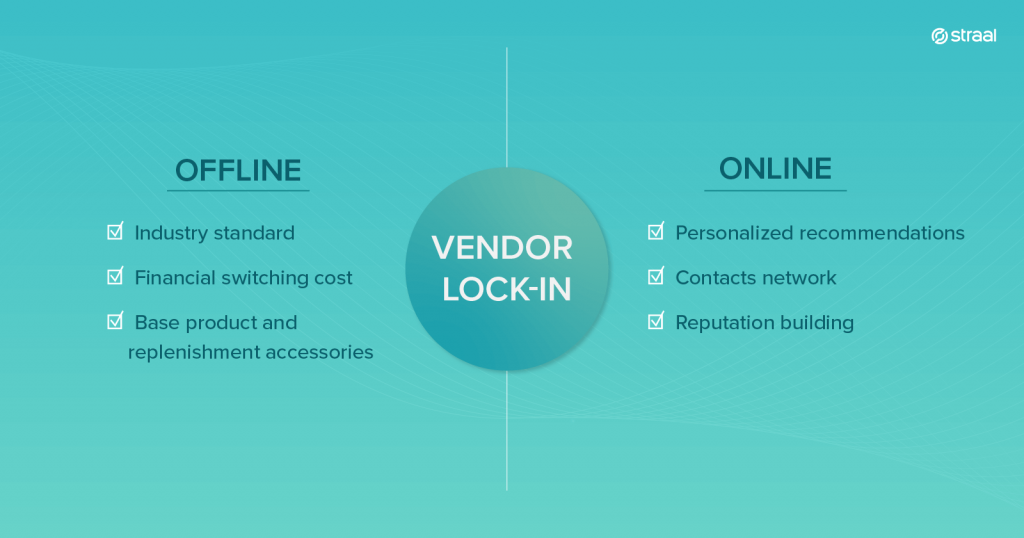
Vendor Lock-In Strategies for Online Businesses
Now, let’s proceed to practical tips. How can you use the highly-effective vendor lock-in effect and create switching costs to retain your online customers?
- Personalize Your Service Using Data
Take Netflix as a benchmark and personalize your online service using the data provided by customers (may be declarative or historical, i.e. based on their past activities). Recommendations based on user’s history, if really appeal to their taste, will make them stay with you as going to another provider will make them lose their valuable personalized suggestions.
Don’t worry if the classical example of content suggestions doesn’t apply to your service: recommendations are widespread in online retail, too. Using a customer transaction history, you may suggest similar or complementary products in mailing communication or directly on your platform on the page your clients view right after logging in. It’d be even better if you let your customers create wish lists: many will stay with you just not to lose them.
- Take Advantage of Learning Curve
If you are a SaaS provider, you can create switching costs connected with learning to use your product. Even the simplest software requires getting familiar with it; this is the reason why we create tutorials and FAQs as well as hire people on customer support positions. Unnecessarily complicated software doesn’t attract customers, but if learning it requires certain effort, it may pay off.
A customer who has learned to use your software may be discouraged to go to your competition because going through the learning process again takes time. Video games are a good example of this: mastering them make the plays much more enjoyable. Think about it while designing your features: the key to success is balancing the simplicity of usage with the necessity to learn to use your software.
- Start a Loyalty Program
This vendor lock-in strategy, oftentimes used in the offline sphere by big retailers, is increasingly popular in e-commerce. If you reward your customers for their purchases (or prolonging their membership if we talk about a subscription-based offer), they not only feel motivated to buy or consume more with the view of receiving more rewards but also don’t jump to your competitors for fear of losing the points or credits they have collected so far. It’s a very simple yet effective way of creating a lock-in effect.
You may also consider implementing a recommender system or gamification. In the first case, your customers will stay with you due to the incentives you provide them for recommending your service. In the latter, they will, again, fear losing the rank they’ve achieved.
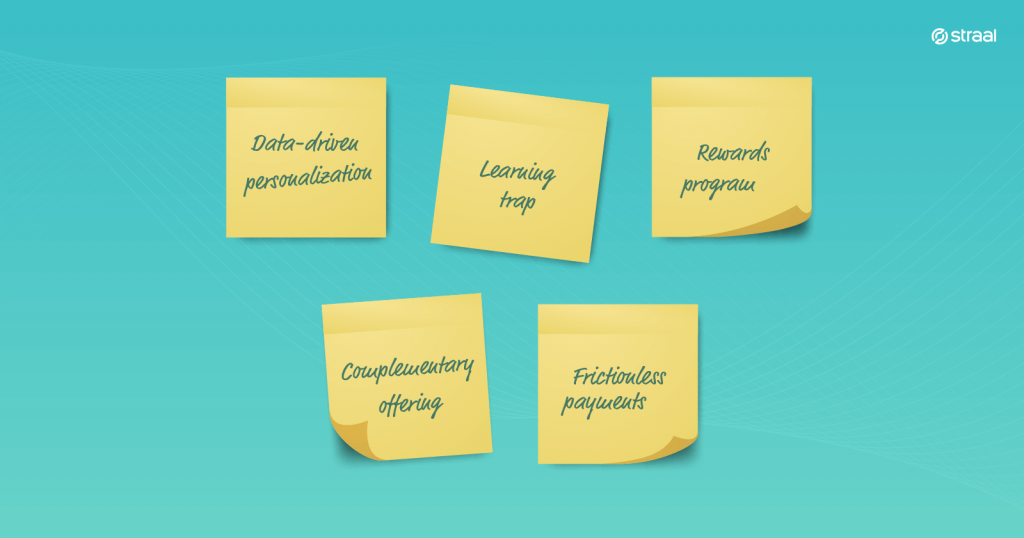
- Develop Complementary Offering
Ever heard about substitute and complementary goods? As the names suggest, substitute goods are the ones your customers may use instead of your product (e.g. two SVOD services having similar features) while complementary goods are the ones they use in addition to your product (e.g. e-readers and e-books).
Your direct competitors offer substitute products (companies selling the complementary ones constitute a smaller threat). To differentiate from them, you may develop a complementary offering and, finally, a complete portfolio of products or services satisfying a wide range of needs. If you sell electronic devices online, why don’t you add accessories to your store? E-shoppers will be more willing to visit a store where they can purchase a mobile phone, headphones and a trendy case. It is another way of taking advantage of the lock-in effect.
- Provide Seamless Payment Experience
The better the overall shopping experience of your customers, the more locked-in they become. The payment process is an essential part of their journey. Leveraging the card-on-file payment method is a common practice on the digital goods market. As Michał Jędraszak explains in his post about the payment ecosystem, once customers provide their credit or debit card details, they’re securely saved for future uses. Thanks to that, you can charge your customers’ cards every month without them lifting a finger.
Saving one’s payment method details is another way of generating switching costs as changing the service provider creates the need to save the payment data again. Once customers save their card in your system, the payment process is truly frictionless for them. In this case, this is convenience that makes you clients locked-in.
To achieve the same goal, you may consider encouraging your existing clients to change their monthly billing for the annual one. Thanks to that, they will pay only once and won’t have to make any future efforts.
Got More Questions on Vendor Lock-In?
As you can see, applying vendor lock-in strategies and creating high switching costs is a profitable approach for both offline and online businesses. Additionally, the e-commerce techniques aimed at creating the lock-in effect are quite simple and don’t require substantial investments.
If you still have questions related to the topic, Straal team will be happy to answer them. Drop us a line at [email protected], and our specialists will find a perfect strategy for your online business!
If you want to discover more customer retention techniques crafted for subscription-based businesses, download Straal’s Subscription Business Handbook.


